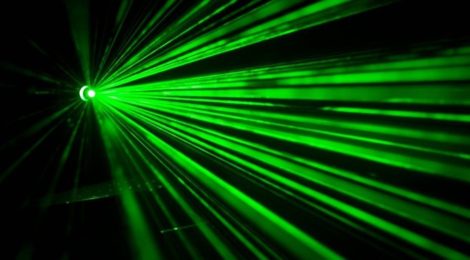
Fantastic Hydrogen(s) And Where To Find Them
The Universe Is 99% Fantastic Hydrogen
Most of this hydrogen is not in the singlet form we have all learned about
The universe is made mostly of ultra-dense hydrogen, where many hydrogen nuclei fit into the volume a single hydrogen atom.
Those fantastic forms have fantastic characteristics that were patented more than 90 years ago.
Just now a new paper by Sweden’s Leif Homlid in the Journal Astrophysics and Space Science. In it, he shows that real data is in, and at, hand revealing the complex nature and atom-ecology of the most primal of all the elements, hydrogen. He details a good part of his lifetime of work, brought together into a single whole with the simple truth that the data make his ideas real and testable. That data is speaking to us all and it is saying, ‘fantastic hydrogen’ in a myriad of forms is what makes up 99% of everything in the universe.
Hydrogen he tells exists in an ‘ultra-dense’ form that Homlid has been making and cataloging its characteristics. He explains that some of the here-to-fore, most inexplicable questions of modern science might be explained more simply as being consistent with characteristics of ultra-dense hydrogen. Take ‘dark matter’ a fantastic idea that was invented in 1933 by astronomer Fritz Zwicky as a ‘place holder’ to explain observable yet puzzling characteristics of the motion galaxies. Galactic motion was inexplicable and led to the postulate that galaxies have a very large, many times the amount of visible matter, invisible/dark matter component.
This dark ‘fudge factor’ can now be tossed out like yesterday’s newspaper. Simultaneously the expansion of the universe and all of its galaxies as defined by a simplistic idea about their apparent ‘redshift’ inferred motion, poof, use those papers to line the bottom of the parrots’ cage. The ‘cosmic microwave background’, meh!
It begins to make better sense to think that if 90+% of all the known, visible, matter in the Universe is a form of hydrogen, then 90+% of all the invisible, aka dark, matter of the universe is likely just another form of that primordial hydrogen.
With the data now loudly speaking to the true nature of hydrogen in many forms, the simple fact begins to take shape that the universe is filled with more ultra-dense hydrogen than ordinary hydrogen. It behooves us to begin to consider the historical case on the observed behaviour, natural history, and atom-ecology of this fantastic hydrogen.
I leave to Homlid to tell the detailed story of how the ultra-dense hydrogen he makes in his experiments offers definitive experimental, as opposed to theoretical, proof of this fantastic hydrogen offering mechanisms to produce the ‘cosmic microwave background’ and explaining the universe ‘redshift.’ Here’s the link to his new paper.
A Brief History Of Fantastic Hydrogen, or Hydrogen(s) with many names
What is ultra-dense hydrogen and where do we find it, and what might it be good for? Well, this is merely a new name for something that has long been observed and known by the strange speaking that the data has offered to create and support many pioneering fields of science. Here are a few examples from my personal experience.
High Fugacity Hydrogen
I was drawn to the science of ‘fantastic’ hydrogen back in 1989. At the time a man, who became a friend and mentor Prof. Martin Fleischmann, had with his partner Prof. Stan Pons discovered how to make ultra-dense hydrogen produce ‘cold fusion.’ The word in their field of electrochemistry for this ultra-dense and fantastic hydrogen was ‘high fugacity deuterium.‘ Martin described it as deuterium that was forced inside palladium metal by his electrochemical mastery where it became, as measured to be so ultra-dense it was denser than even metallic hydrogen.
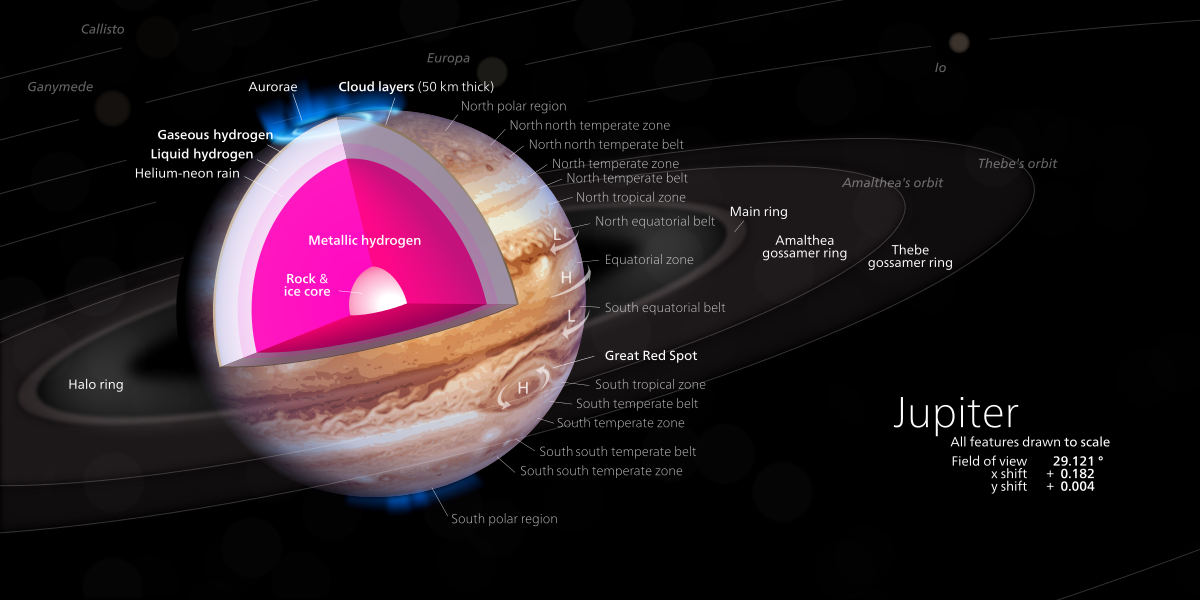
Jupiter is said to have a core of metallic hydrogen. Given the giant planet is known to hotter than can be explained perhaps cold fusion is taking place in that ultra-dense hydrogen. Click to read more
Of course, what that fantastic data spoke of made Fleischmann and Pons famous, and then infamous. It was that the high fugacity hydrogen, where the atom/nuclei of deuterium (an isotope of hydrogen) were so close together that they engaged in cold nuclear fusion with the release of an abundance of heat but mysteriously with little or no radiation. (Well, not always without radiation, click to read more.)
The demands of many theorists, armchair as opposed to experimental scientists, was that for such data/results to be considered real, there must be an approved theory describing in detail how it was possible. Without the theory just how could this cold fusion be real. The data had come first, and in natural science the study of the fantastic hydrogen ecology had precedence, theory would have to wait.
Of course in the real world of pioneering science one makes progress one step at a time and no amount of armchair punditocracy can impose a rule that sedentary thinking replaces worn-out shoe leather. It would take some years, today 30 years and counting, for the footsteps to begin to map the perimeter of the ecosystem of fantastic hydrogen.
Ultra-Dense Hydrogen First Patent Denials 1926
It merits mention that Prof. Fleischmann, a respected member of the Royal Society, had begun his Darwin-like life-long study of the atom-ecology of hydrogen having seen strong clues suggesting cold fusion from 50 years before his Origin of Cold Fusion masterpiece was released to the world in 1989. He referred at the time to the reports of Paneth and Peters, who in the 1926, had reported on the appearance of helium that resulted when heavy hydrogen, deuterium, and palladium were combined.
The Paneth and Peters work led to the Swedish Physicist John Tandberg (1896 -1968) from Lund, to make further efforts to define and invent useful technology from the discovery of Paneth and Peters work. His claims detailed the methods for the electrochemical loading of deuterium into palladium for the useful purpose of generating heat and helium. Alas his ‘cold fusion inventions were denied in 1927 patent actions, that denial would portend the future. The discovery simply flew in the face of the reigning and opposing theory.
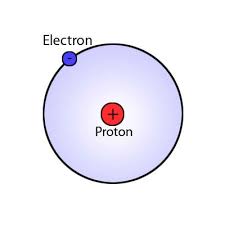 Going even farther back the problem with our collective thinking about the nature of hydrogen in its mundane simple single nuclei form goes back to the first descriptions of hydrogen by Neils Bohr. The simple Bohr atom has been an incredibly convenient bookmark, holding a place for the chapters now being written on the complexity of the one thing that makes up almost everything in the universe. But alas it too is proving to be overly simplistic and reductionist. The Nature of hydrogen and the universe is simply more complex with endless wonders yet to be discovered.
Going even farther back the problem with our collective thinking about the nature of hydrogen in its mundane simple single nuclei form goes back to the first descriptions of hydrogen by Neils Bohr. The simple Bohr atom has been an incredibly convenient bookmark, holding a place for the chapters now being written on the complexity of the one thing that makes up almost everything in the universe. But alas it too is proving to be overly simplistic and reductionist. The Nature of hydrogen and the universe is simply more complex with endless wonders yet to be discovered.
Spillover Hydrogen – Ultra-Liquid Hydrogen
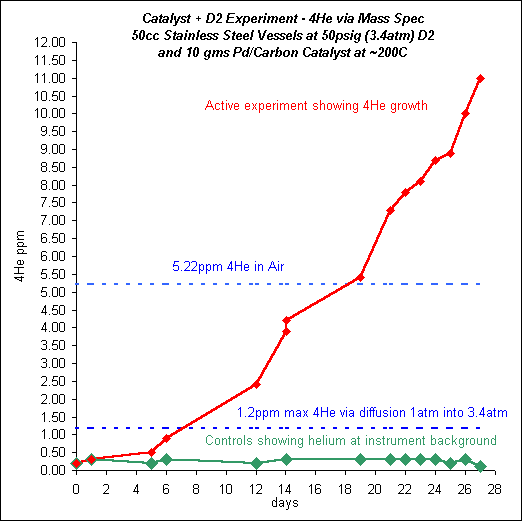
Reported in WIRED MAGAZINE, Nov. 1998, my work is featured showing the resulting growth of helium when spillover hydrogen is produced, was headlined as , What If Cold Fusion Is Real. Click to read more.
Just a few years after the 1989 announcement of cold fusion, and my infection with the viral disease that has compelled me to spend a lifetime studying it, I met another professor of chemistry and catalysis and mentor Michel Boudart of Stanford. I had been working on the study of the making of fantastic hydrogen and its even more fantastic cold fusion helium production using catalytic chemistry. My experiments, sponsored by the Electric Power Research Institute, began at Stanford Research International where I had replicated the work of a kindred spirit, maverick scientist, Les Case.
In those experiments when hydrogen and deuterium were exposed to well known simple hydrogen catalysts. The system is cycled via multiple heating and cooling cycles of the catalyst and deuterium flasks, slowly but surely something changes, self-organizes within, and they began to make helium. In my quest to understand this I discovered the late great Michel Bourdart who was the world’s master catalysis scientist.
Taking my raw results to him, walking distance from my home in Palo Alto, was simple, perhaps a little bold. He was fascinated with my work and especially results and began to tutor me on what he thought was the fantastic nature of ‘spillover’ hydrogen that my experimental ecosystems would be expected to readily produce.
As Prof. Boudart explained to me hydrogen when it sees palladium particles perched on a carbon support material such as my United Catalyst G-76 deuterium environment offered, it would first split from being an H2 molecule into singlet hydrogens/deuteriums. Some of those singlet atoms of hydrogen would recombine with passing atoms, that is the business of catalysis, but not all.
Some accumulate, or spillover, onto the carbon support material that held the perched catalyst palladium atoms. This ‘spillover’ hydrogen, which he noted is very dense, was a focus of a great deal of commercial interest in the field of catalysis. So much so that he had formed a company in Palo Alto named Catalytica that was studying this fantastic form of hydrogen, which was quickly acquired in a billion-dollar acquisition.
What his studies of real data had surmised was that ‘spillover hydrogen’ was, at the very least, an ultra-liquid form of fantastic hydrogen. Surely this is what Homlid today might agree to be a species of ultra-dense hydrogen. Boudart observed this fantastic form of hydrogen to be capable of producing catalytic chemical reactions that defied ordinary chemistry. He and I agreed my data showing helium, specifically 4He, being formed and measured in real-time with top of the line mass spectroscopy, was impeccable proof of cold fusion being one of those ‘chemistry reactions’ involving fantastic hydrogen.
An Aside
Boudart knew quite a bit about cold fusion as he had been one of the members of the US Department of Energy cold fusion review board, ERAB. ERAB has dissed ‘cold fusion’ but not without the protests of members of its board including Boudart and Schwinger stood out as being in dispute of the ERAB reports less than supportive report on the newly born cold fusion. It seems history has proven them correct.

My work on Sonofusion where ultra-dense hydrogen is formed in the compression of deuterium in an asymmetric bubble forced to collapse under intense ultrasound. It produces heat and helium. Click to read more
Related Work
In other spillover hydrogen-related work I had engaged with Japan’s most famous Physicist of all time in a collaborative study of ultra-dense, high fugacity, spillover hydrogen, Prof. Yoshiaki Arata at the University of Osaka. He and I shared an interest in each other’s work.
His work was on deuterium electrochemically loaded into ultra-high pressure cylinders filled with palladium nanoparticles that produced both isotopes of helium, 3He and 4He in un-natural ratios was as he noted due to ‘spillover hydrogen’ effects.
My work was with deuterium loaded into various hydrogen loving metals using asymmetric sono-cavitation. Sonofusion makes ultra-dense deuterium!
Both our methods produced large signatures of helium and heat and Arata San had in his lab a rare 3He 4He state of the art mass spectrometer to obtain quantitative data revealing the characteristic cold fusion helium produced when different atom-ecology environments allowed ultra-dense deuterium to form.
‘Shrunken Hydrogen – The Hydrino, Ultra-dense hydrogen

Brilliant Light Power ‘dark matter’ energy, Inventor Mills with one of his reactors. – Click to read more
There is another maverick scientist who clearly merits acknowledgment of being long on the same trail of fantastic hydrogen. He is Dr. Randall Mills, today founder of the company Brilliant Light Power. His work is amongst the earliest to describe his peculiar form(s) of fantastic hydrogen and where to find it, including how to make it, and identify it.
Mill’s ‘trade name’ for the stuff is ‘shrunken hydrogen’, or ‘hydrinos’. His model assumes that the electron orbiting hydrogen is shrinking in the distance at which that electron orbits the hydrogen nucleus. In that form a hydrogen atom shrinks to become his ‘hydrino’.
The Mills model is a good enough model to allow him to devote the same decades of his life, as I have of mine, to pursuing developing the skill in the art of making working tech. Whether that working tech can be put into commercial use is yet to be seen, but it surely seems to produce data that speaks assertively to Mills, and his investors who have reportedly poured more than $50 million into his venture.
A Comprehensive Description of Hydrogen and Dense Matter is best seen in the Wyttenbach Model
My present lab and scientific colleague, Dr. Jürg Wyttenbach of Switzerland, has described a breakthrough new model that allows precise calculations that reveal the integration of matter and energy in terms of interweaved multiple magnetic dimensions. Jürg with his mathematics and my/our bench level experiments in ‘cold fusion’/’lenr’ are proving that with the right tools and skills acquired over decades of work the universe of dense, and indeed ultra-dense matter, becomes a more understandable environment.
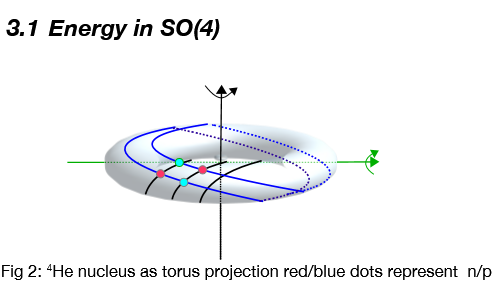
Helium-4 in the Wyttenbach Model can be readily created via ‘cold fusion’ with minimal energy input out of ultra-dense deuterium.
The Wyttenbach model, which will be presented in a scientific conference (and here) next week, begins by explaining that it is well known that the so-called standard model of physics (SM) is incomplete and only works for so-called open space with 3 space dimensions and one time dimension.
The standard model has some merits in describing the outcome of energetic particle collisions, especially in plasma environments. But attempts to model the behaviour of dense matter by SM have failed. It is now easy, thanks to Jürg Wyttenbach, to show that the mathematical space used by SM (SO(3)xSU(2)xU(1) ) has the wrong symmetry to successfully describe/understand dense matter.
Dense matter, respectively the energy that forms dense matter, is best expressed by magnetic flux. Magnetic flux is coupling indirectly by induced (or virtual) currents that finally interact (attract/repel) according to the Biot Savart law. Thus the magnetic coupling needs the mathematical combination of two (4D) rotations, which does not conform with simplified (3D,t) SM potentials.
What the elegant mathematics of Wyttenbach leads to is the ability to describe and thus understand and exploit the unified magnetic nature of matter. This is especially and usefully productive in the development of practical fusion energy technologies, especially those on the cold fusion end of the fusion spectrum that make use of ultra-dense hydrogen. In a weeks time, we’ll be presenting here a more thorough explanation of the Wyttenbach Model.
Homlid’s Norrønt Fusion Energy
Prof. Homlid has now expanded his work into technology development via a company based in Norway called Norrønt Fusion Energy. I had the pleasure of meeting with the director Sindre Zeiner-Gundersen of Norrønt a week or so ago where over a few beers we enjoyed some hours of talking shop. Their work, like mine, is focusing on screening materials and environments where ultra-dense fantastic hydrogen forms.
We both find that its formation involves some element of ‘self-organization’ and that is a fascinating aspect of fantastic hydrogen. It doesn’t form under anything like the ordinary conditions we see in the everyday world around us. That’s a good thing as if it did its characteristic ‘cold fusion’ would have long ago overwhelmed the universe and we’d simply not have the relatively simple and safe ecology we biological life forms prefer.
Norrønt’s work, with an outstanding team, is focused heavily on the creation of ultra-dense hydrogen and the poking of that fantastic stuff with lasers and other energetic prods. When they have the right conditions, now always achievable, nuclear reactions as evidence by a shower of pions, kaons, muons… charged elementary particles emerge.
Norrønt Fusion Energy AS is currently commercializing meson production from both hydrogen and deuterium. Through several processes they create clusters of ultra-dense phase of both hydrogen and deuterium and annihilate hydrogen clusters to produce mesons; Kaons, Pions and Muons to be utilized in making electricity and heat production for industrial processes.
These are impeccable proof of the nuclear reactions taking place. Of course, these reactions are accompanied by nuclear thermal energy which is the ultimate goal of Norrønt’s invention factory.
Conclusion
Amid an already fragile equilibrium of science and the increasing inconsistencies ascribed to the mystery of dark matter, precious new data is speaking the answers that have been hiding in plain sight. Before long, this situation will catch everyone’s attention. But before it becomes publicly acclaimed some fear that dark forces target the messenger(s) by creating a background of invisible, devastating, and utterly unpredictable menace to wreak havoc on new discovery? The reasons for the attacks on cold fusion are dubious but prevalent and persistent as seen in this recent diatribe by the Journal Nature.
It seems very clear now that we live in a universe of hydrogen in many forms, the most fundamental of all of the elements on the Periodic Table. That these fundamental atomic units fuse to make up the elements in this universe forged into massive compound nuclei as seen on the Periodic table of elements is clear. Maybe there is the mirrored side to the Periodic Table of Elements, that being a new Periodic Table of Hydrogens, with just as much variety in the form of clusters of fantastic hydrogen, where many hydrogens occupy the volume/space of a common singlet hydrogen, element number one, on the periodic table.
In a universe of hydrogen in so many forms it’s no longer difficult to do the math and solve many great mysteries. So long dark matter it’s been good to know you. Welcome to the fantastic hydrogen age.
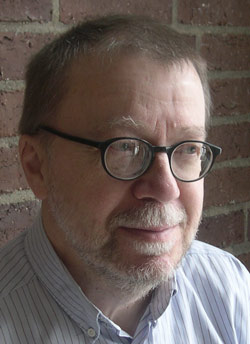
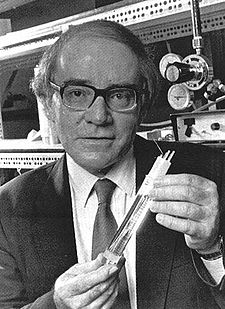

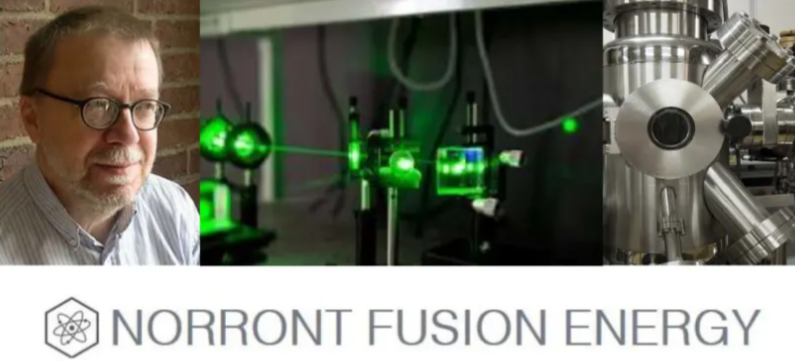
All roads lead to this old but just recently found state of hydrogen, it seems. I have seen some known pseudoskeptics completely avoiding to even touch the recent paper of Holmlid.
The latest article from Dr. Holmlid is really interesting. Looks like different theories are sort of converging in the same direction.
Dark matter seems pretty much a consensus for some form of hydrogen.
Maybe it’s all different manifestations of the same thing! Think about it, as many forms of H(0) organisation as there are elements/molecules in the current periodic table. Everything from metallic hydrogen to hydrinos to LENR?
HI RUSS hope all is well, Take note of Simon Brinks new revise dark matter H=n30 version, young engineer heading for a Nobel Prize.www.subtleatomics.com